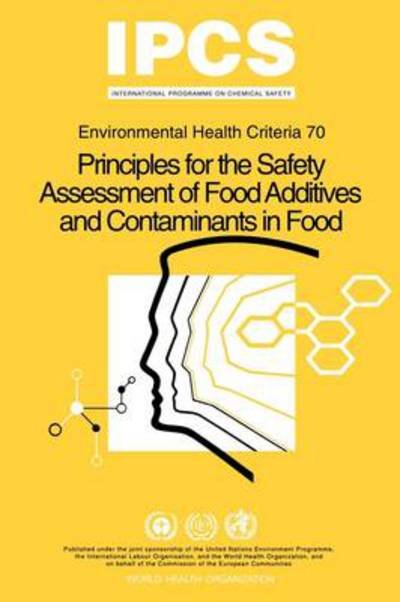
Tell your friends about this item:
Chrysotile Asbestos (Environmental Health Criteria Series)
Ipcs
Chrysotile Asbestos (Environmental Health Criteria Series)
Ipcs
This book evaluates the risks to human health and the environment posed by exposure to chrysotile asbestos. Also referred to as white asbestos, chrysotile is a naturally occurring fibrous hydrated magnesium silicate mineral having many commercial applications. Chrysotile is released to the environment from industrial sources. In addition natural weathering of serpentine rock results in emissions to air and water.
Although the health risks associated with mixed exposures to the main commercial forms of asbestos (crocidolite amosite and chrysotile) are well known, the evaluation was undertaken in response to the continuing widespread production and use of chrysotile following the International Labor Organization's recommendation to discontinue the use of crocidolite asbestos, and taking into consideration that amosite is virtually no longer exploited. The asbestos cement industry is singled out as by far the largest current global user of chrysotile fibers. Main applications include the production of corrugated sheets, flat sheets and building boards, slates, molded goods including low-pressure pipes, and high-pressure water pipes. Chrysotile is also used, in much smaller quantities, in the manufacturing of friction products, gaskets and asbestos paper.
| Media | Books Paperback Book (Book with soft cover and glued back) |
| Released | 1998 |
| ISBN13 | 9789241572033 |
| Publishers | World Health Organization |
| Pages | 197 |
| Dimensions | 150 × 12 × 225 mm · 299 g |
| Language | English |

 Christmas presents can be returned until 31 January
Christmas presents can be returned until 31 January











![Cover for Ipcs · Neurotoxicity Risk Assessment for Human Health: Principles and Approaches (Environmental Health Criteria Series) (Paperback Book) [Revised edition] (2001)](https://imusic.b-cdn.net/images/item/original/231/9789241572231.jpg?ipcs-2001-neurotoxicity-risk-assessment-for-human-health-principles-and-approaches-environmental-health-criteria-series-paperback-book&class=scaled&v=1508408769)


![Cover for Ipcs · Arsenic and Arsenic Compounds (Environmental Health Criteria Series) (Paperback Book) [2nd edition] (2001)](https://imusic.b-cdn.net/images/item/original/248/9789241572248.jpg?ipcs-2001-arsenic-and-arsenic-compounds-environmental-health-criteria-series-paperback-book&class=scaled&v=1497043278)







![Cover for Ipcs · Chlorinated Paraffins (Environmental Health Criteria) (Paperback Book) [First Edition, First Printing edition] (1996)](https://imusic.b-cdn.net/images/item/original/814/9789241571814.jpg?ipcs-1996-chlorinated-paraffins-environmental-health-criteria-paperback-book&class=scaled&v=1408649757)

